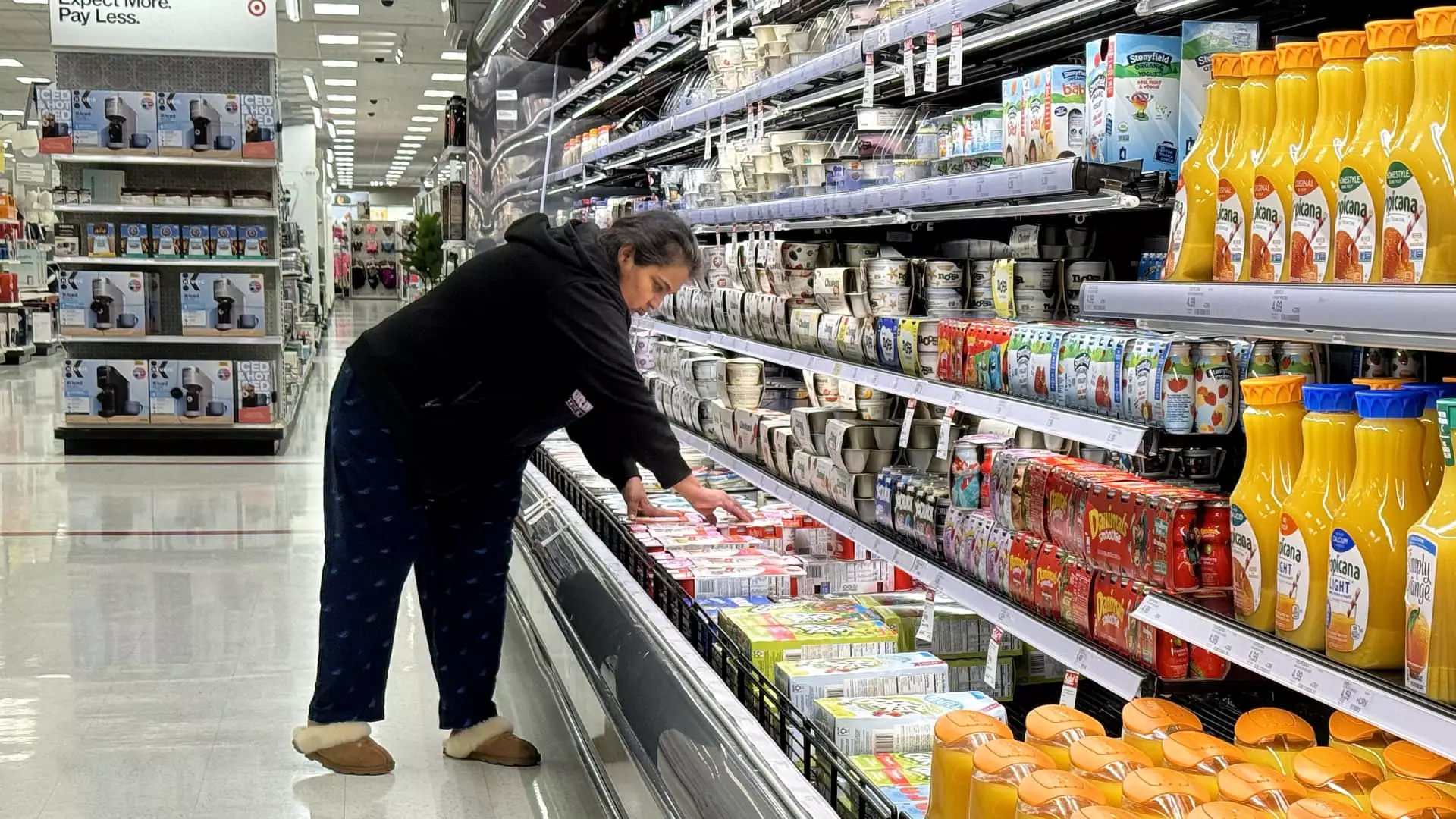Inflation continues to be a cause for concern as the latest data from the Commerce Department shows little signs of improvement. The personal consumption expenditures price index excluding food and energy increased 2.8% from a year ago in March, remaining unchanged from the previous month. This data was above the 2.7% estimate from the Dow Jones consensus, indicating that price pressures are still elevated. Including food and energy, the all-items PCE price gauge increased 2.7%, slightly higher than the estimated 2.6%. Despite these figures, the markets barely reacted, with Wall Street expected to open higher. Treasury yields also saw a slight decrease, with the benchmark 10-year note at 4.67%.
Consumer Spending and Personal Income Trends
Despite the high price levels, consumers have shown resilience by continuing to spend. Personal spending rose by 0.8% in March, exceeding the estimated 0.7%. Personal income also increased by 0.5%, aligning with expectations and surpassing the previous month’s 0.3% increase. However, the personal saving rate fell to 3.2%, indicating that households are dipping into their savings to sustain their spending habits. This trend raises concerns about the sustainability of the current economic growth.
The latest inflation data, combined with the GDP report released earlier, is likely to influence the Federal Reserve’s monetary policy decisions. The report highlights that PCE in the first quarter accelerated at a 3.4% annualized rate, significantly higher than the increase in gross domestic product, which stood at 1.6%. With inflation hovering above the target rate of 2% for the past three years, central bank policymakers are closely monitoring the situation. The Fed is expected to maintain its current interest rates through the summer unless there is a significant shift in the economic data.
The Federal Reserve closely monitors the Personal Consumption Expenditures (PCE) index, particularly the core index that excludes food and energy prices. This measure provides a better indication of longer-term inflation trends as it adjusts for changes in consumer behavior. Unlike the more commonly known Consumer Price Index (CPI) from the Labor Department, the PCE index places less emphasis on housing costs. The data shows that services prices increased by 0.4% while goods saw a marginal increase of 0.1%. Notably, food prices declined by 0.1% while energy prices rose by 1.2%. On a yearly basis, services prices have risen by 4%, while goods prices have remained relatively stable.
The persistent inflationary pressures pose challenges for the economy, impacting consumer spending, personal savings, and monetary policy decisions. As inflation remains above the Fed’s target rate, policymakers face the dilemma of balancing economic growth with price stability. The elevated inflation rates call for continued vigilance and strategic decisions to mitigate potential risks to the economy. Addressing the root causes of inflation and implementing effective policy measures will be crucial in navigating through these challenging economic times.

Leave a Reply